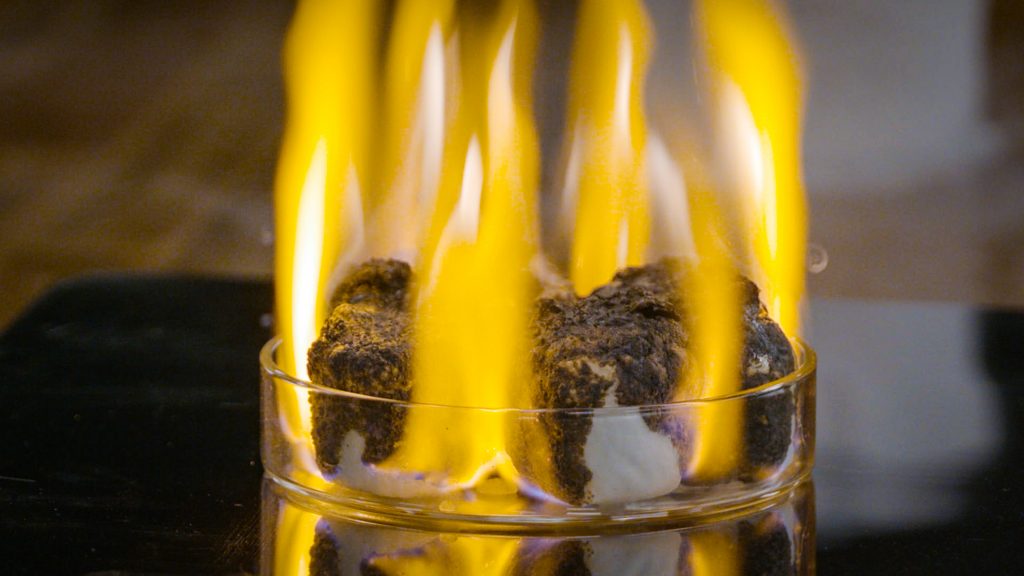
Photosynthesis and cellular respiration are chemical processes that demonstrate one way matter is cycled through the ecosystem. Neither matter nor energy can be created or destroyed, and both move through systems. Matter is cycled through a system, and energy flows through a system using inputs and outputs.
To better understand photosynthesis & respiration…
LET’S BREAK IT DOWN!
Photosynthesis
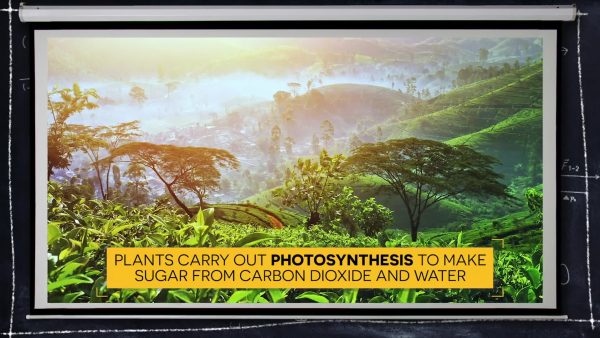
Photosynthesis is the chemical process in which carbon dioxide and water combine using energy from the Sun to make sugar and oxygen. Photosynthesis is used by plants and other organisms, such as algae and cyanobacteria, to synthesize (make) their own food.
Cellular Respiration
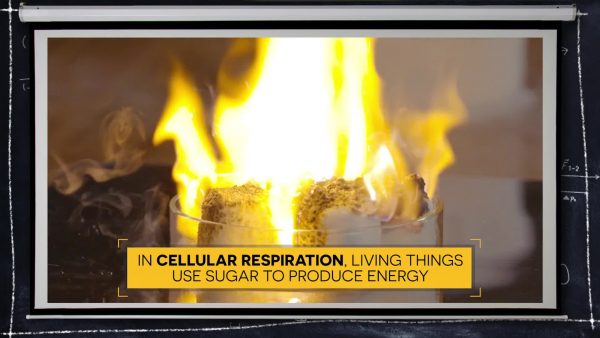
The chemical process in which stored energy is broken down so it can be used by an organism to survive when there is no food source available. Cellular respiration is a multi-step process with different amounts of energy being produced at each step. Both plants and animals go through cellular respiration to access and use stored energy.
These processes happen at the micro scale.
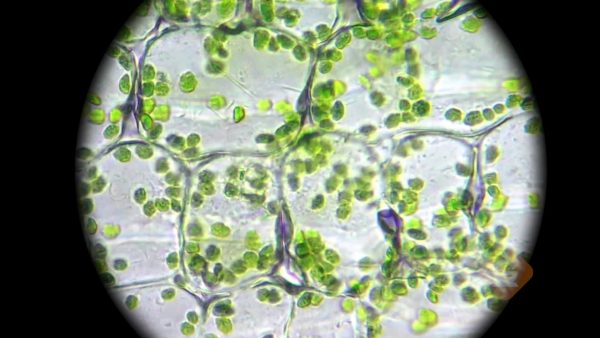
The prefix micro is used to describe things that are too small to be seen. Microorganisms are living things that are too small to be seen, such as individual cyanobacteria and other phytoplankton. Microscopic objects refer to nonliving things we cannot see, such as atoms and individual molecules of water and gas.
Law of Conservation of Mass
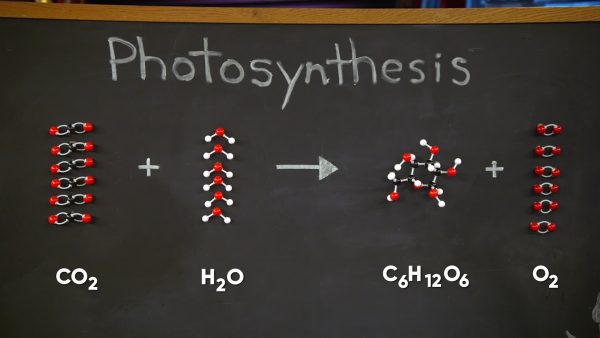
The law of conservation of mass is the principle that mass cannot be created or destroyed. Mass is cycled through and between different systems as it changes through chemical reactions. In photosynthesis and cellular respiration the number of atoms on both sides of the reaction is the same. The atoms are simply regrouped.
Careers in Science: Molecular Biologist
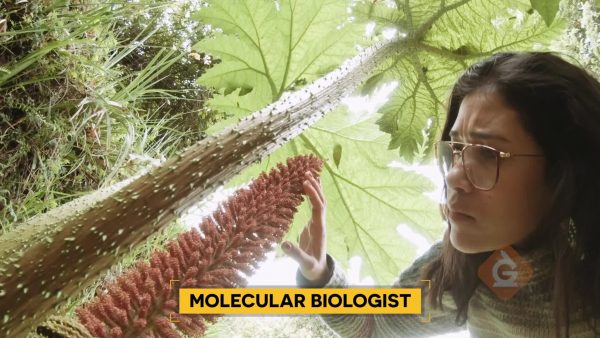
A biologist is a scientist who studies living things. A molecular biologist studies the processes that make cells work, including the processes of photosynthesis and cellular respiration. Photosynthesis is a process that turns sunlight into chemical energy. Since humans need energy for everything we do, we can harness photosynthesis to make chemical or electrical energy. Many scientists are working on improving solar cells by learning from plants.
PHOTOSYNTHESIS & RESPIRATION VOCABULARY
PHOTOSYNTHESIS & RESPIRATION DISCUSSION QUESTIONS
What is the process of photosynthesis?
What is the process of cellular respiration?
Besides plants, what are examples of other organisms that use photosynthesis?
Compare the similarities and differences between how plants and animals get the food they need for survival.
Explain how scientists know the oxygen level in the atmosphere has changed because of plants. Could our atmosphere still be changing?
Describe the oxygen/carbon dioxide cycle using plants and animals.
Skip, I will use a 3 day free trial
Enjoy your free 30 days trial
We use cookies to make your experience with this site better. By using this site you agree to our use of cookies. Click "Decline" to delete and block any non-essential cookies for this site on this specific property, device, and browser. Please read our privacy policy for more information on the cookies we use.Learn More
We use cookies to improve your experience. By using this site, you agree to our use of cookies. Click "Decline" to block non-essential cookies. See our privacy policy for details.Learn More






